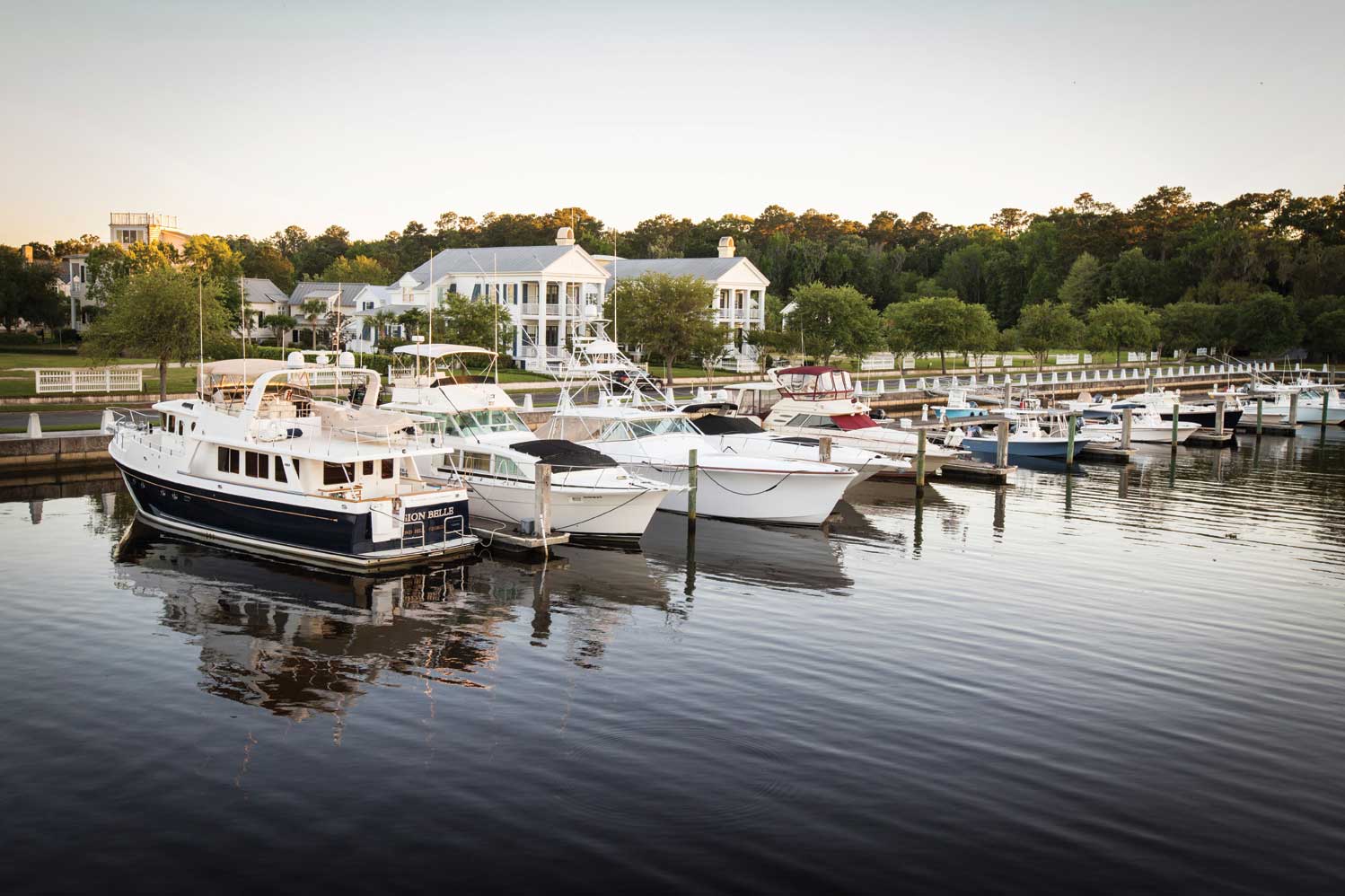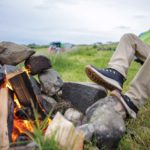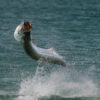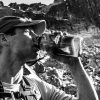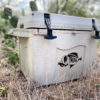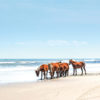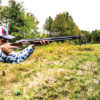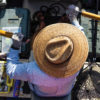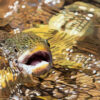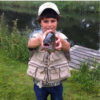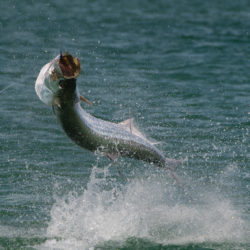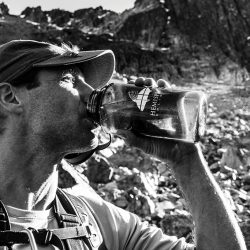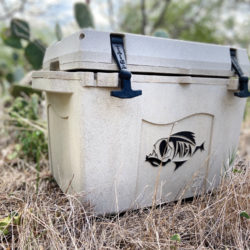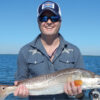Chances are if it’s got gills, you can catch it in and around the Ford Plantation, 18 miles south of Savannah.
Cover photo courtesy the Ford Plantation
“We’ve got it all—it just depends on what you want to catch and what time of year,” says Mike Womble, director of outdoor pursuits at the 1,800-acre private club. “We’ve got anything from blue water, green water, clear water, back water and black water.”
That means largemouth bass, catfish, stripers, bluegills, sunfish and shell-crackers —and even the occasional flounder—in the 220-acre brackish water of Lake Clara during winter. And these fish punch well above their weight—for good reason.
The shallow lake where they live was dug out in the mid-18th century as part of a rice plantation, with four of its original flood gates linked to the Ogeechee River; the gates have been updated with pneumatic wrenches. “We open those gates to allow cooler river water in as a fish-saving apparatus in summer, but also to control salinity,” he says. “So the fish around the gates are used to fighting that current—and when the gates open, it’s like ringing the dinner bell for them.”
That means that once an angler hooks up with a two-pound largemouth, it’s as scrappy as a four-pounder. “They’re strong—people think it’s easy, but no—they fight like crazy,” he says. “About 10 to 20 percent of the water has most of the fish, and it’s an ambush thing —they work against that current, but also just on the edge, waiting for the food to come by.”
In the spring, out on the tidal stretch of the brackish river and the saltwater estuary beyond it are scads of sheepshead, sea trout, cobia and redfish; on the Gulf Stream beyond that, blackfin tuna, mahi mahi and wahoo are running. “Last week, we were looking for sheepshead and saw a cobia,” he says. “We threw it an artificial shrimp and landed it—it was 37 and a half inches and 30 pounds, and that’s a good average.”
In the summer the tripletail show up, along with grouper, snapper, redfish, king mackerel, Spanish mackerel, white marlin and tarpon. “A run out to the beach for tarpon is 35 to 40 minutes,” he says. “It’s about an hour and a half for cobia, and for mahi mahi, wahoo and blackfin tuna, it’s about a three-hour trip out to the Atlantic.”
By fall, it’s not unusual to catch bull redfish longer than 38 inches, along with sea trout and flounder, in a pristine and abundant environment. “The ecosystem is a group of fish and plants and water that’s moving all the time, in and out,” says Marc Ray, general manager of the club. “It’s very active and keeps up the population of shrimp and baitfish and bigger game fish—and continues to feed itself.”
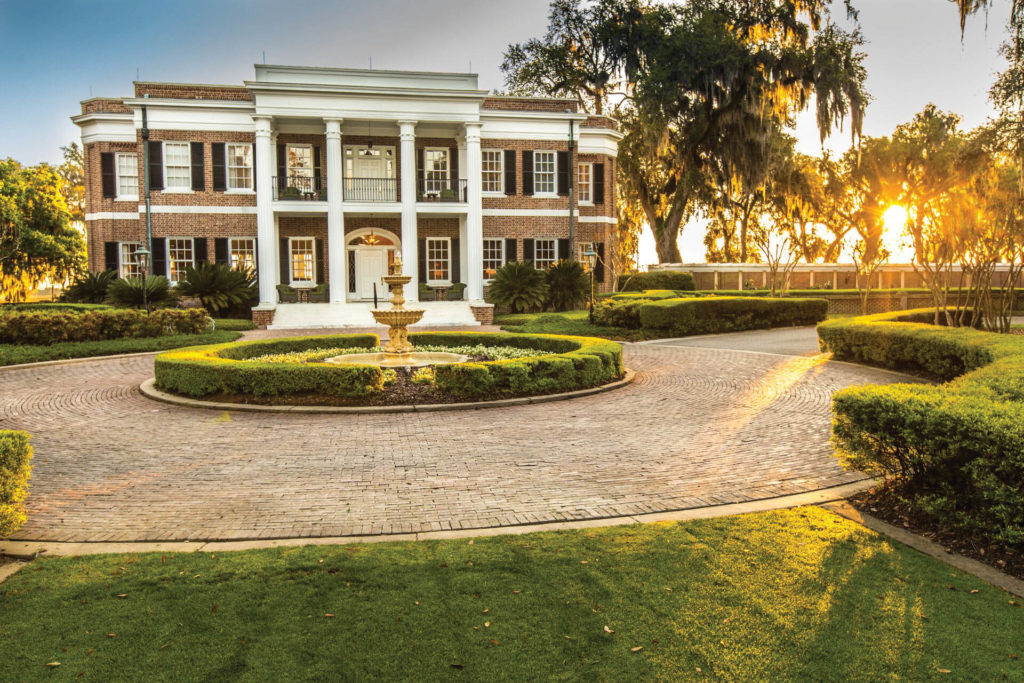
The plantation’s site on the Ogeechee lies on some of the westernmost land on the east coast of the United States. Because of its geographical position, high tides range between six and 10 feet, with two high tides and two low tides every twenty-four hours. The tides are amplified because Ford is located in what’s called the Georgia Bite.
The U.S. coastline from Maine to Georgia moves west and from Georgia down through Florida it moves east, creating what looks like a bite taken out of the coast. This really backs the tides up, creating a logjam of water at our door—we have the highest tide margins on the east coast, south of the Bay of Fundy in Nova Scotia.
Mike Womble
That means on any given day a keen observer can watch the tides move both up and down river, with high tides occurring about 12 hours and 25 minutes apart, while each day the high tide is roughly 50 minutes later than the previous day. At low tide, the current on the Ogeechee flows in a southeastern direction; at high tide, it flows northwest.
The sweeping movement of the river can be viewed easily from the second-floor veranda at the rear of the Main House, a winter home built by Henry Ford and his wife, Clara (for whom the lake is named) in 1936. It’s a 7,000 square-foot Greek Revival affair, laid in Savannah gray brick, with marble steps, air conditioning and an elevator. Today it’s used as a guest house, and by club members for special events.
Seeking a retreat from Detroit and his second home in Winter Park, Florida, Ford assembled land holdings of 85,000 acres, then sited his home on 55 of them overlooking the Ogeechee. He built a laboratory nearby and linked it to the Main House with a 1,100-foot-long tunnel. In his lab he’s said to have experimented, unsuccessfully, with converting rice into rubber for tires. His friend Thomas Edison was a visitor to the plantation, along with members of the Rockefeller, Vanderbilt and DuPont families.
Today, club members have built homes around the allées of centuries-old live oak trees in six distinct neighborhoods. The plantation is limited to 400 total home sites, ranging from quarter-acre village lots to 10-acre-plus estate lots. Two homes in the newest neighborhood, known as Silk Hope, broke ground earlier this year.
In addition to world-class fishing, there’s a Pete Dye-designed championship golf course, a sophisticated equestrian center and the nearby, 5,000-acre Dorchester Shooting Preserve, with quail, pheasant and wild boar hunting in season.
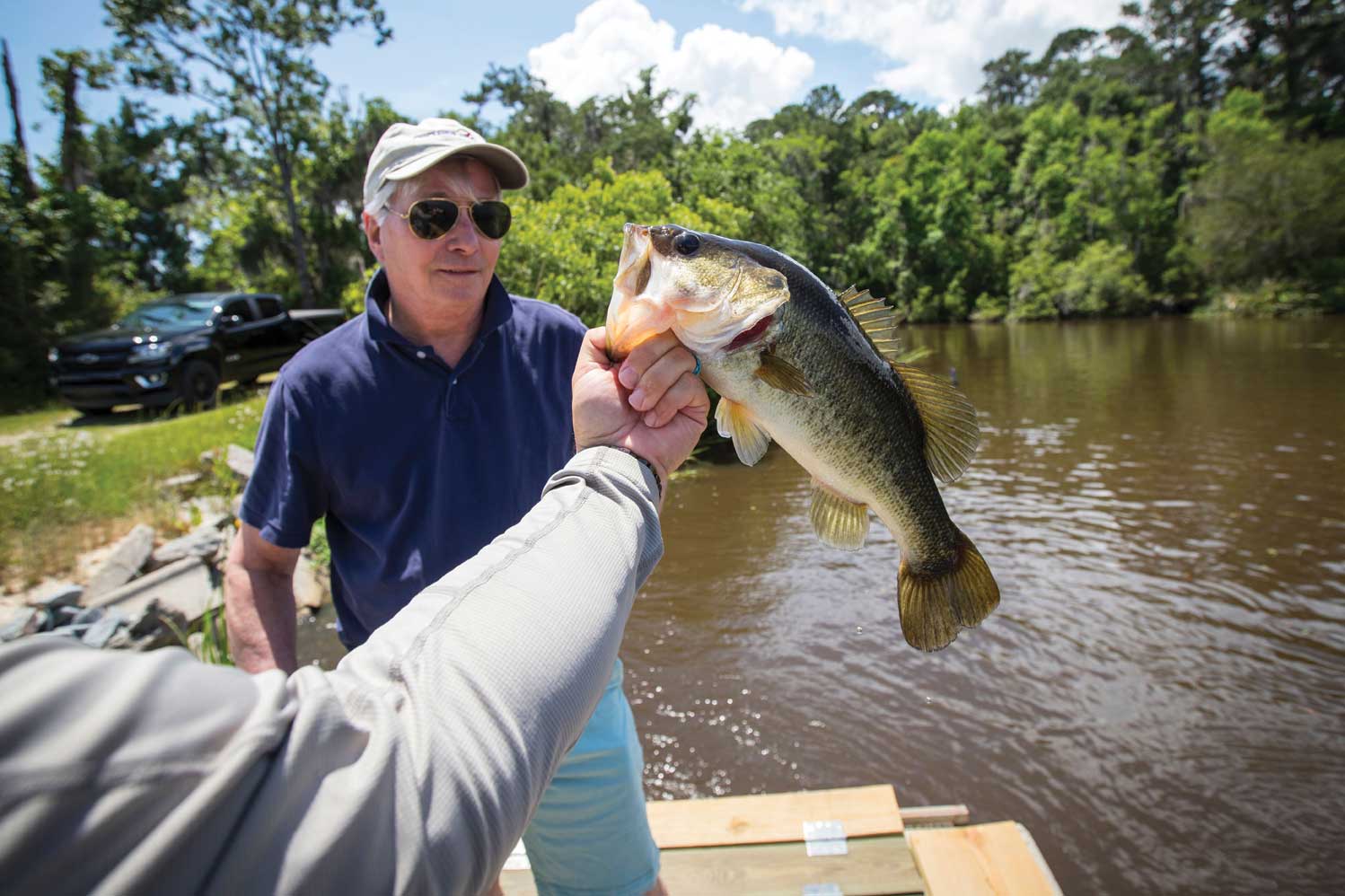
But it’s the fishing at Ford that sets its outdoor experiences apart from most other resorts and clubs. “You can catch it, bring it in, hand it to our master chef and have it for dinner,” says Ray, the general manager. “That’s just magic.”
But so are those feisty flounder, catfish and bass in Lake Clara, hanging out by the edges of the flood gates, waiting to punch above their weight, day in and day out.
This is a fisherman’s paradise.
For more on the Ford Plantation, go to fordplantation.com
For Those who would Rather Ride than Reel
The Ford Plantation’s equestrian center is first-class.
For those who favor horses over fishing, the Ford Plantation offers members a state-of-the art equestrian center.
“What I love about Ford is that we have programs for horse training, dressage lessons, and hunter/jumper training,” says Kate Jones, equestrian director at the center. “We also offer English and Western riding lessons, ponies for young riders, and intermediate and advanced instruction.”
At its heart is a custom, all-weather, poly-fiber/sand-mixed arena big enough to host clinics or dressage shows. “Someone from Middleburg came down and set it up,” she says. “Even with a downpour of rain, you can ride within 20 minutes.”
Twelve miles of trails are integrated throughout the community, plus 20 acres for grazing in turnout paddocks, and a jumping field that’s a mini-cross-country course with obstacles. “It’s away from the barn so riders can work the horses up there,” she says.
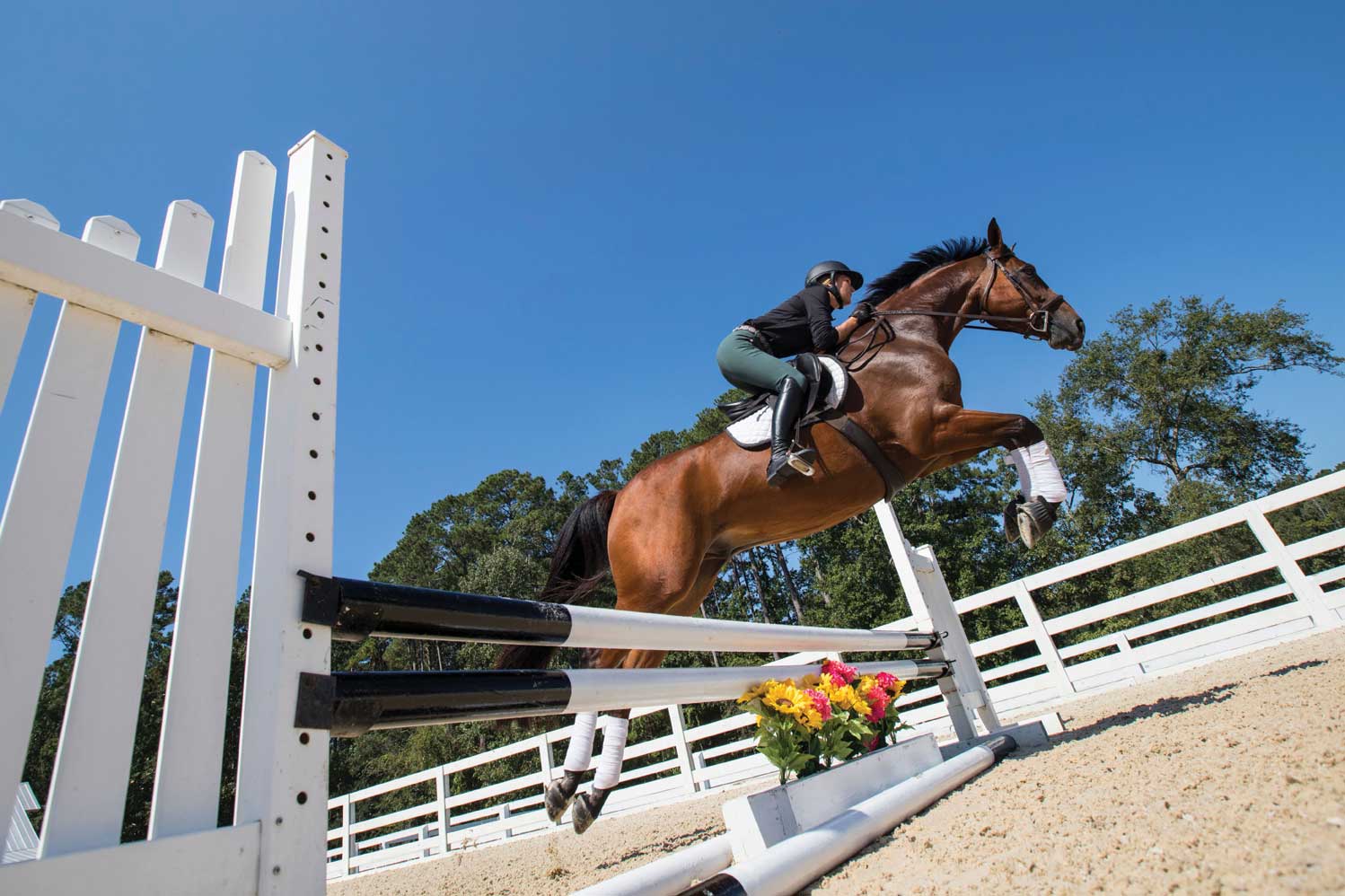
There’s also a first-class barn with 22 stalls. “We pride ourselves on a squeaky-clean barn,” she says. “That shows the care and extra effort we make every day.”
If all that’s not enough, there are always the eventing and the steeplechases in Aiken, S.C., just two hours away. “Members take their horses there,” she says.
And if members leave for extended periods, Jones and her staff have them covered. “We’ve got exercise programs for those who go away and leave their horses,” she says.
The big idea here is to care for horses and members alike—on a daily basis.
J. Michael Welton writes about architecture, art and design for national and international publications. He is architecture critic for The News & Observer in Raleigh, N.C. and author of “Drawing from Practice: Architects and the Meaning of Freehand” (Routledge, 2015). He is also editor and publisher of an online design magazine at www.architectsandartisans.com.

